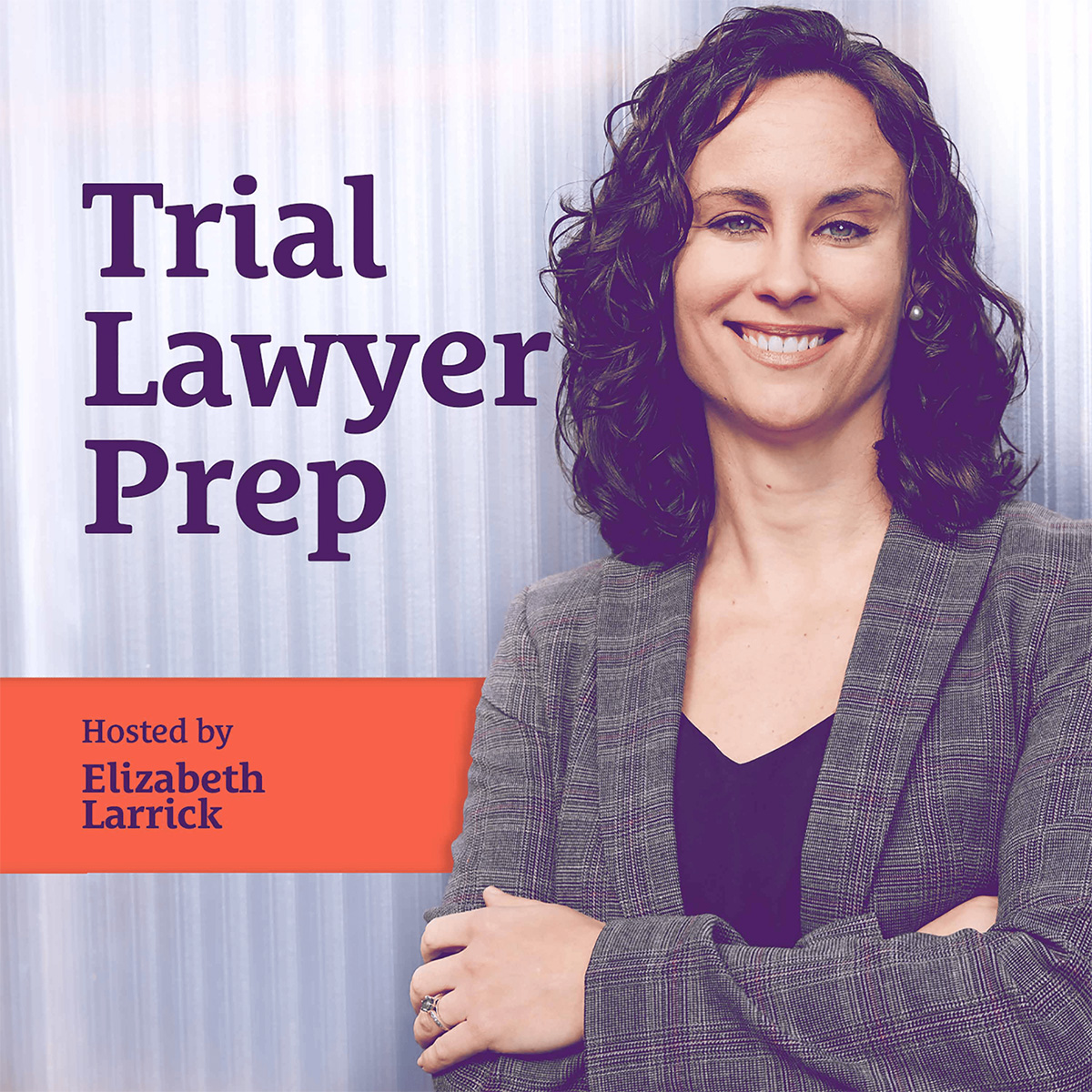Interview with Medical Illustrator Annie Gough
People say that a picture says a thousand words, and this holds true when you have illustrations during the trial. That’s the power of visuals – they tell a story, simplify complex concepts, and educate the audience in the easiest and best way possible.
In today’s episode, Annie Gough, an independent Certified Medical Illustrator, talks about how medical illustrators work and what it means to you in your practice. With over 20 years of experience in traumatic injury, medical malpractice, wrongful death, and product defect cases, Annie provides anatomical and surgical illustrations along with visual exhibit consultation on demand letters, expert depositions, mediation, and courtroom presentations.
As trial lawyers, we want to be able to let the jury go into the story of the client. They may not have personally experienced going to the emergency room or having neck surgery. But being able to educate them with visual aids will help bring them into the experience your clients have had. Even just a single illustration can set the stage and turn it into a story or a movie so the jury can truly visualize it.
In this episode, you will hear:
- Annie’s path to medical illustration
- The most difficult things to educate people on
- The best way to show an injury
- The importance of animation in medical malpractice cases
- What it’s like to work with a lawyer
- How lawyers can benefit from reading her book
Subscribe and Review
Have you subscribed to our podcast? We’d love for you to subscribe if you haven’t yet.
We’d love it even more if you could drop a review or 5-star rating over on Apple Podcasts. Simply select “Ratings and Reviews” and “Write a Review” then a quick line with your favorite part of the episode. It only takes a second and it helps spread the word about the podcast.
Supporting Resources:
You can buy Annie’s book here.
Visit her website: www.agillustrations.com
Want to work with Annie? Send her an email at: anniegcmi@gmail.com
Episode Credits:
If you like this podcast and are thinking of creating your own, consider talking to my producer, Danny Ozment.
He helps thought leaders, influencers, executives, HR professionals, recruiters, lawyers, realtors, bloggers, coaches, and authors create, launch, and produce podcasts that grow their businesses and impact the world.
Find out more at https://emeraldcitypro.com
